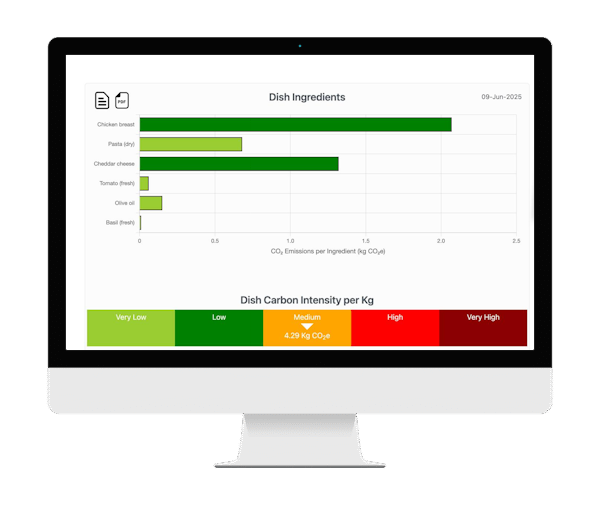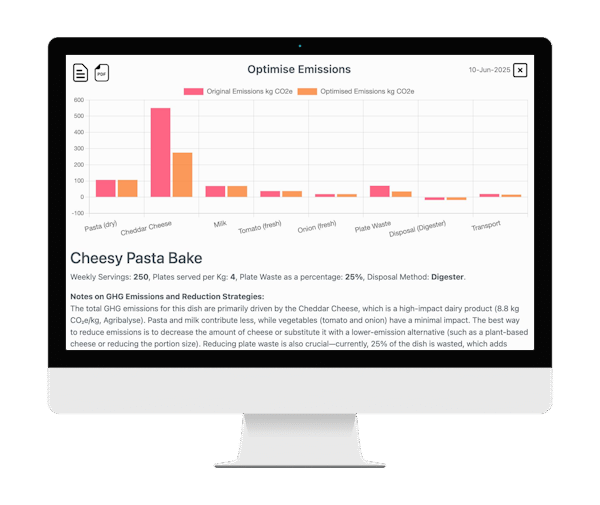Introduction
(by Adam Wilkinson)
We wanted to write a piece about the latest version of Meal Analyser referencing how we used the project as an internal learning exercise in integrating AI. It has exceeded all our expectations and convinced us that it is possible to use AI for public good in a practical way. It also taught us that the current AI is capricious, never says “I can’t do it”, just guesses but does not tell you; and will suddenly decide to do a simple piece of maths wrong. But the power is extraordinary, and the importance of the use of words, grammar and language a fascinating change from many years of maths, logic, and code. Anyway, we wrote the article and then I could not resist letting AI have a go with it. This is it, awful but impressive. The brief I gave it was to take my original and rewrite it in a form that would be good for a LinkedIn piece. We have not changed anything, even where we disagree with it. So if you want to “take it for a spin’’ then please do. If you want to read my original just contact me.
Using AI to Build the New Meal Analyser (by AI from Adam original)
Transforming food service carbon accounting with simplicity, scale, and rigour








